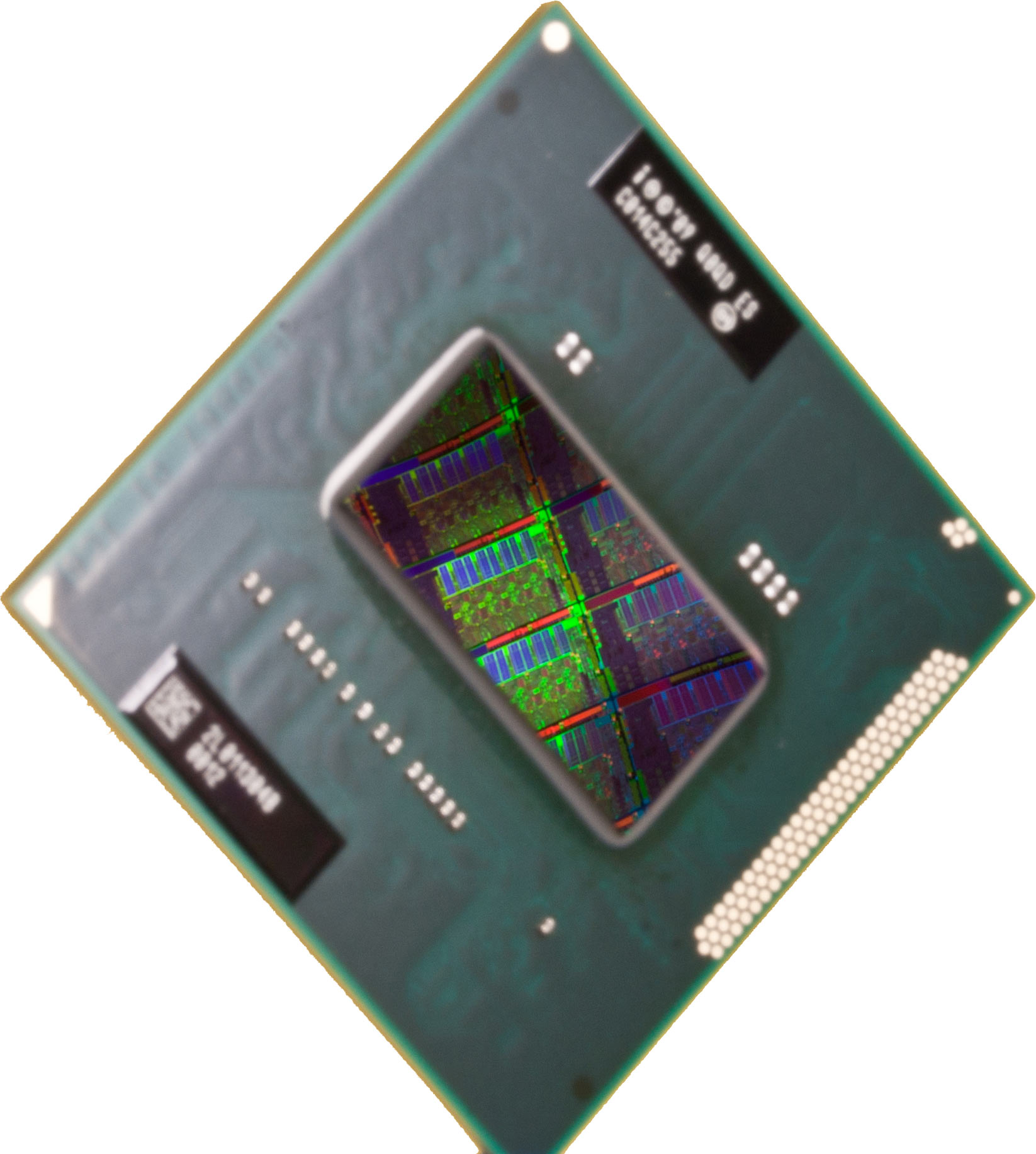Core i7-2600K Overclocked: Speed Meets Efficiency
Most of Intel's Core i5 and i7 CPUs lock out overclocking enthusiasts, which we hate. But the K-series chips win us back over with insane scalability. Would you believe that cranking the dial on performance doesn't necessarily tank overall efficiency?
Overclocking And Efficiency Go Hand-In-Hand
Before you buy a new Sandy Bridge-based platform, check out yesterday's news about Intel's recall of its Cougar Point chipsets.
Do you remember the old days when overclocking still was a real challenge? First you had to look around for a suitable processor, such as the Intel Celeron ‘Mendocino’, AMD’s Duron ‘Spitfire’ or the Pentium D 805. Each of them could be taken to clock speeds 50% above their respective stock specifications, but you needed a flexible motherboard, overclocking-friendly memory, and a little luck finding the fastest reliable settings through trial, error, and some patience. Occasionally, dead hardware was the price you paid for flying too close to the sun. Even still, I have to admit that it was always fun, as well.
While this approach technically hasn’t changed, the industry now provides motherboards that were specifically designed for overclocking, and high-speed memory modules that help alleviate the bottlenecks on platforms requiring system/FSB overclocking to reach the fastest processor speeds.
Unfortunately, Intel recently integrated the clock generator of its newest platform into the chipset, which means that P67 Express (Cougar Point) is no longer easily overclockable through base clock-based increases. This affects the PCI Express clock as well, which typically ends in frustration when pushed very far at all. Therefore, everyone with overclocking ambitions on the LGA 1155 platform should go straight for a K-series Core i5/i7 processor. The additional cost compared to regular CPUs is acceptable, and we found that the Sandy Bridge-based Core i5/i7 K-series processors actually introduce a paradigm change.
AMD and Intel have been offering Black Edition and K-series processors for a while, meaning there is nothing new on this end. These products are specifically designed to facilitate overclocking by allowing the user to adjust the clock multiplier directly. Hence, you can reach higher clock speeds without the necessity of dragging the entire platform to critical clock speed levels.
With Intel’s latest 32 nm Core processor generation, code-named Sandy Bridge, these overclocking-oriented processors actually start to make a lot more sense in the mainstream. Thanks to Turbo Boost 2.0 and the chips’ power control unit, which monitors power and temperatures, Sandy Bridge factors out much of the luck/skill that was previously involved in achieving high maximum clock rates, as well as much of the risk previously associated with overclocking. In the case of Sandy Bridge, this means that even beginners can now safely aim at a significant overclock and let the platform do the rest.
In this article we overclock a Core i7-2600K processor using Intel's reference heatsink and fan. Our analysis includes performance and power efficiency, which scales impressively well on Sandy Bridge as you keep increasing clock rates.
Get Tom's Hardware's best news and in-depth reviews, straight to your inbox.
Current page: Overclocking And Efficiency Go Hand-In-Hand
Next Page Intel Core i7-2600K For Mainstream Overclockers